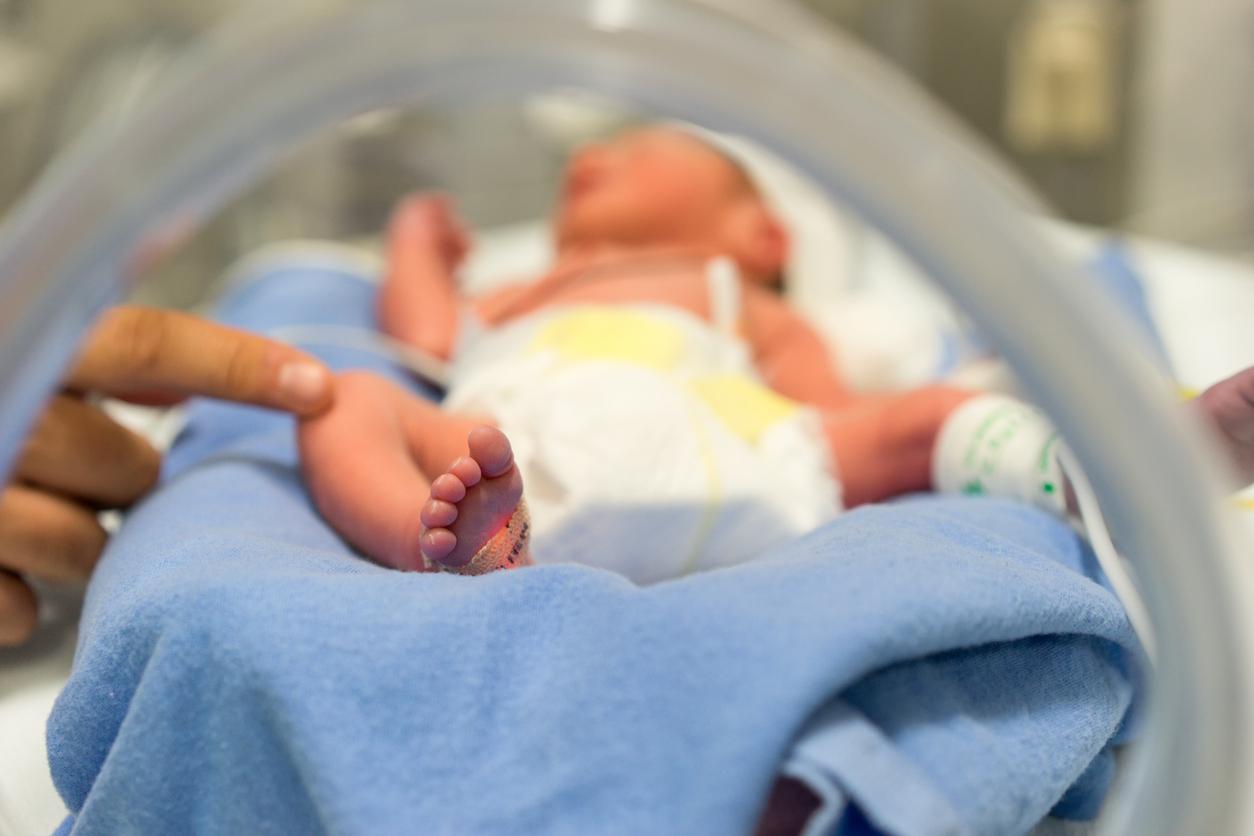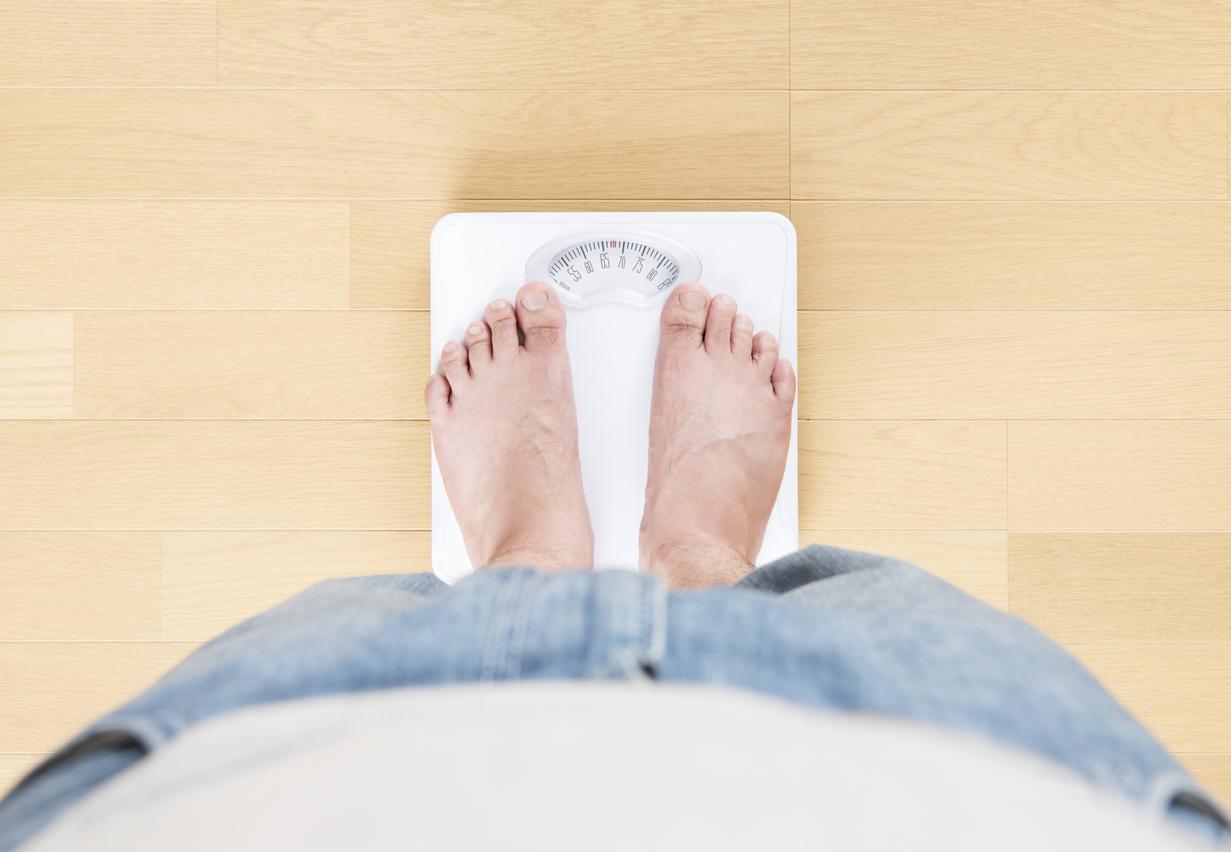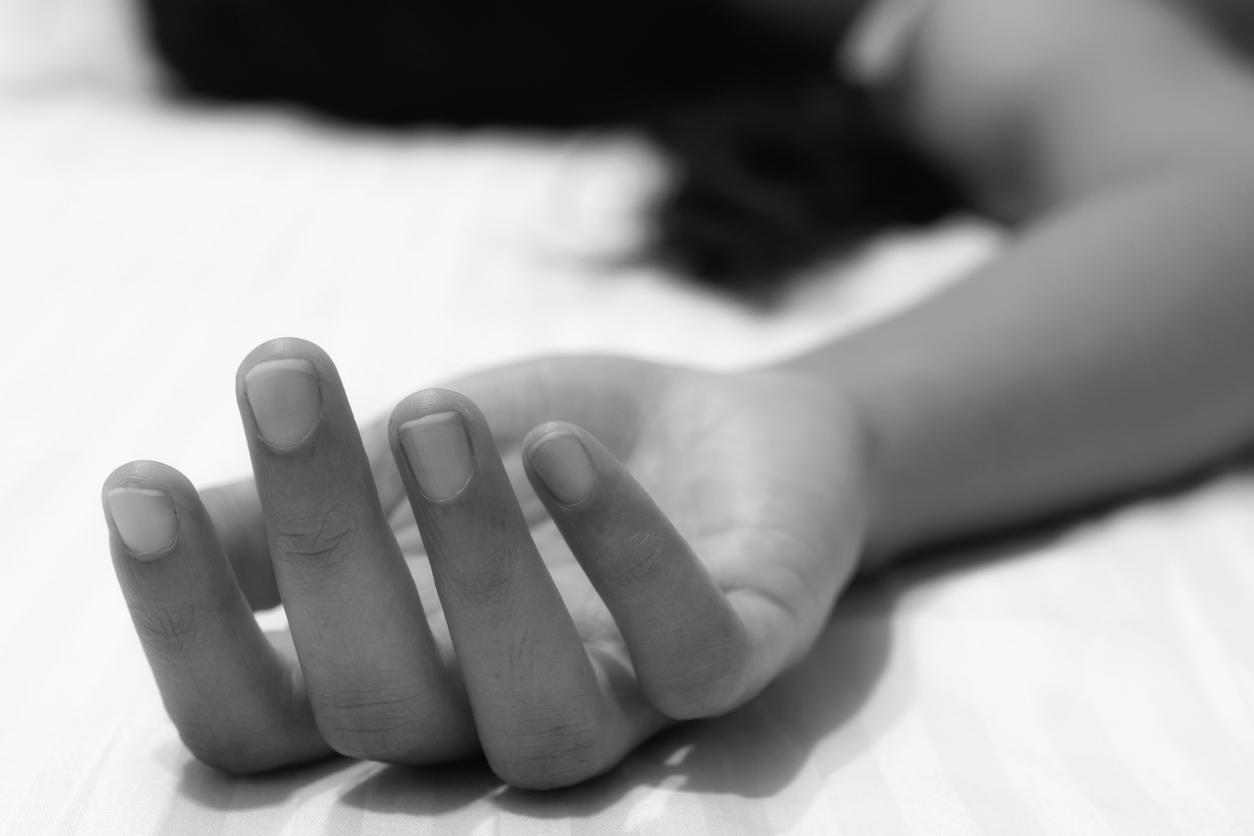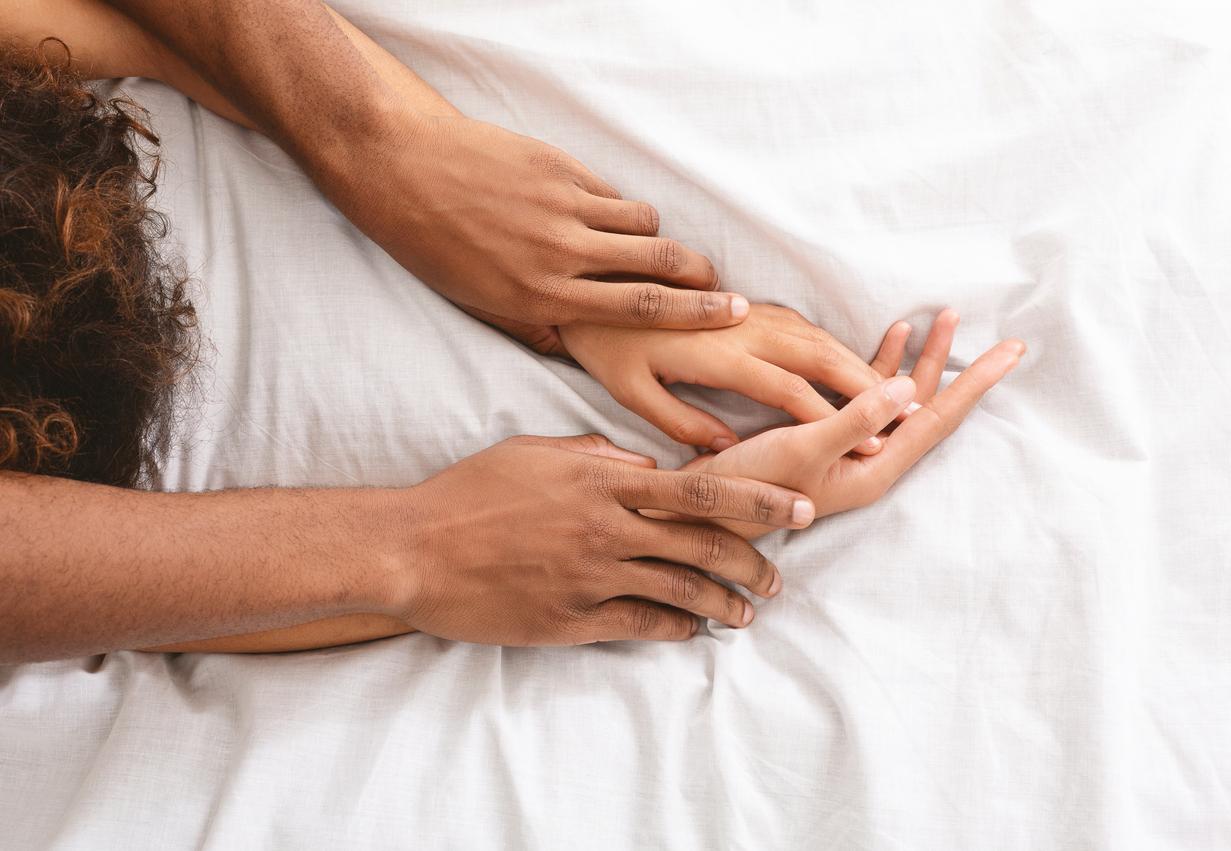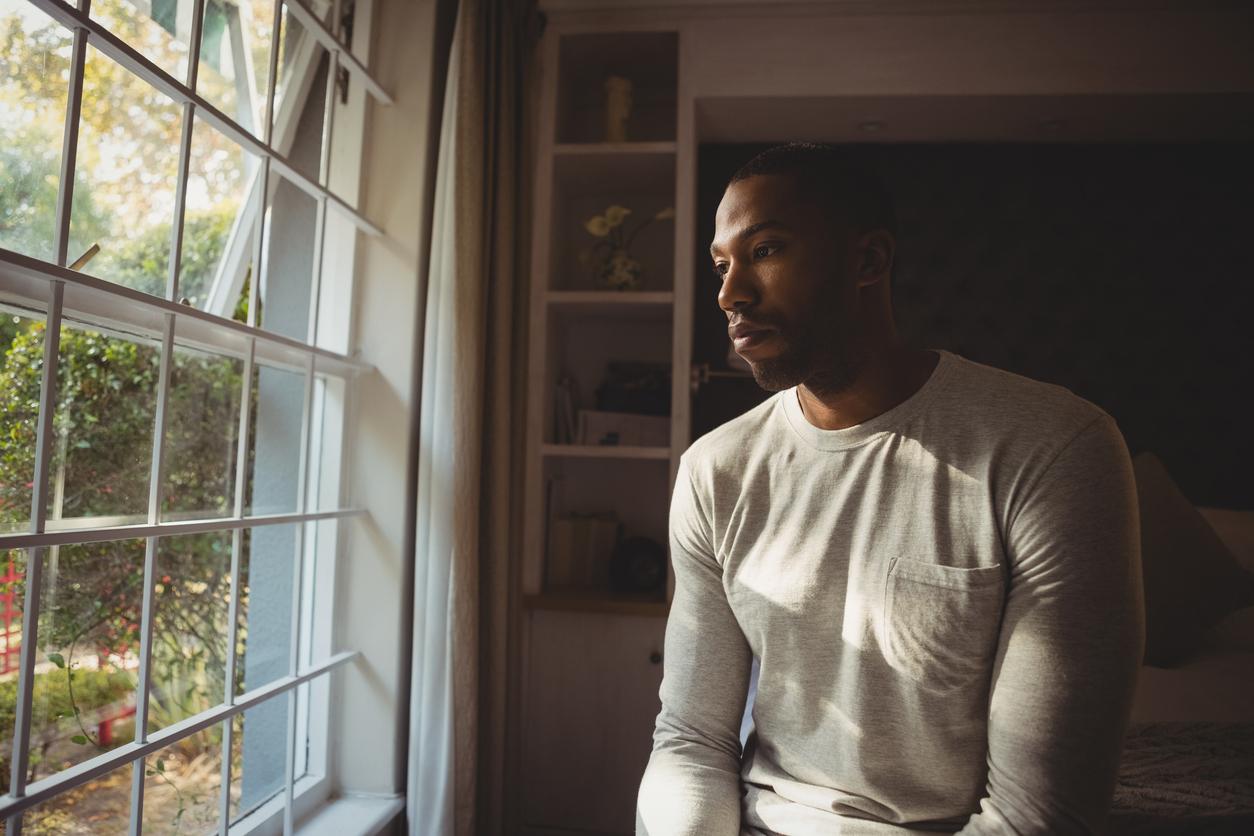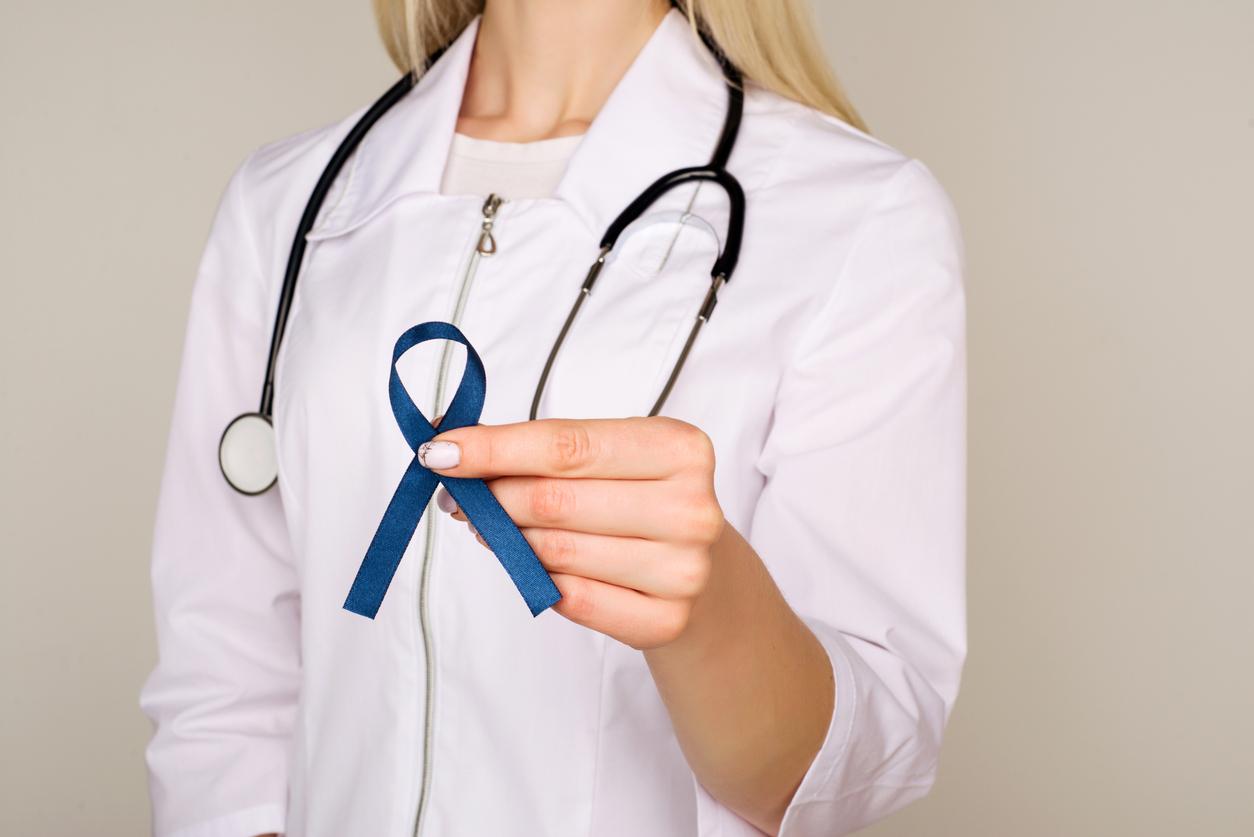A precise profile of people at risk of suicide: this is what the National Suicide Observatory delivers. He submitted his report on December 3, after more than a year of research.
.jpg)
A rather old man, working as a farmer. This is the profile of a Frenchman who risks ending his life. The National Suicide Observatory (ONS) awarded its first annual report to the Minister of Health, Marisol Touraine. It draws a precise portrait of people who have died by suicide or who have attempted suicide, and underlines strong inequalities within the population.
More attempts in women
“Suicide is a major public health issue,” said the Ministry of Social Affairs, Health and Women’s Rights in a press release. In mainland France, there are 18 deaths by suicide per 100,000 inhabitants. This is one of the highest rates in Europe, and it can be observed in a very concrete way: “It is estimated that a person will be confronted, over a period of forty years, with the death by suicide of one to three people. of his immediate entourage ”, illustrates the ONS report.
After a year of work, the National Suicide Observatory (ONS) has highlighted many inequalities in the face of suicide. Men are three times more affected by this fatal act than women, although both sexes have often recourse to the same means to end their lives, in this case hanging. “Women make twice as many suicide attempts as men, but are three times less likely to kill themselves,” according to the report.
Older people die more by suicide
In the general population, the suicide death rate has declined since 1990, but it increases with age. Thus, a third of the suicides are over 60 years old. The share of suicide in overall mortality, on the other hand, is higher among young people.
But it is the elderly who are most successful in shortening their lives: the ratio of completed suicide / attempted suicide is 1 in 4 in this population, against 1 in 200 in those under 25. “The elderly person carrying out a suicidal gesture is generally animated by a strong determination as evidenced by the means frequently employed (rushing from a high place, firearms, hanging)”, explains a report of the National Committee for Bientraitance and of rights (CNBD) cited by the ONS.
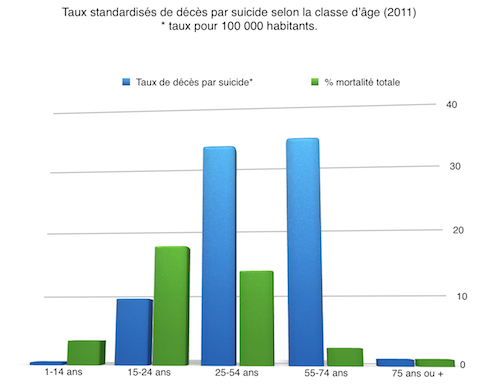
Source : National Suicide Observatory
Farmers more affected than other workers
Farmers are particularly at risk of killing themselves. They are two to three times more affected than executives. If they report fewer suicide attempts compared to other professions, it is simply because they resort to “more lethal” means (hanging and firearms), explains the National Suicide Observatory. It is therefore no surprise that death by suicide is more frequent in regions with a strong agricultural dominance (Brittany, Lower Normandy, Nord-Pas-de-Calais, Champagne-Ardenne).
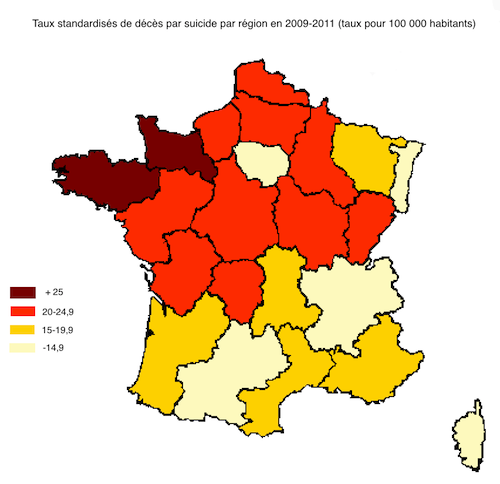
Source : National Suicide Observatory
This is only one of the “very marked” social inequalities that the report of the National Suicide Observatory underlines. After the farmers, the workers, the unemployed, but also the detainees, bear the heaviest burden in this area. “Over the very recent period, several studies suggest that the economic and financial crisis of 2008 would have resulted in an increase in suicides and a deterioration in mental health for men of working age in most of the countries concerned, women being less affected, ”analyzes the ONS.
Teens, prisoners and homeless: profiles to watch
Finally, the report from the National Suicide Observatory makes it possible to distinguish three particular risk profiles. A survey by the French Observatory for Drugs and Drug Addiction (OFDT) showed that 2.2% of adolescents have already attempted suicide followed by hospitalization. Among them, the girls were particularly exposed to the risk of multiplying the attempts.
Homeless people are also considered at risk of suicide. A survey by the Samu social de Paris confirmed this: 22% of homeless people have already tried to kill themselves… and 13% are considered at risk of doing so.
Finally, prisoners are a high risk group. A risk of suicide is detected in 40% of men detained in metropolitan France and 62% of women. This risk is considered “high” in half of the cases.
In addition to providing valuable information on suicide risk profiles, this report from the National Suicide Observatory will serve as a basis for the next national action program against suicide. This is what the Minister of Health Marisol Touraine announced. This program will include measures aimed at the elderly.
.






